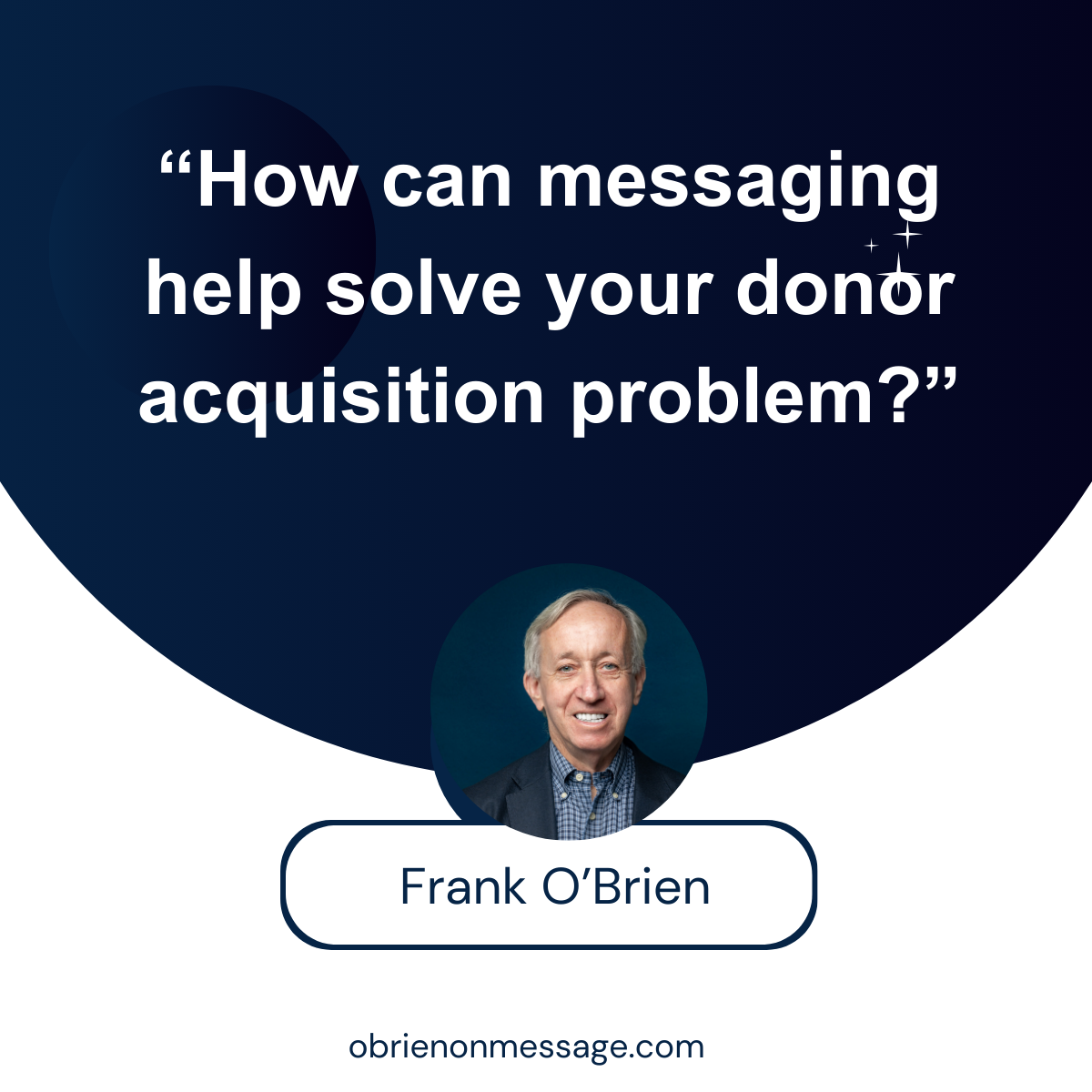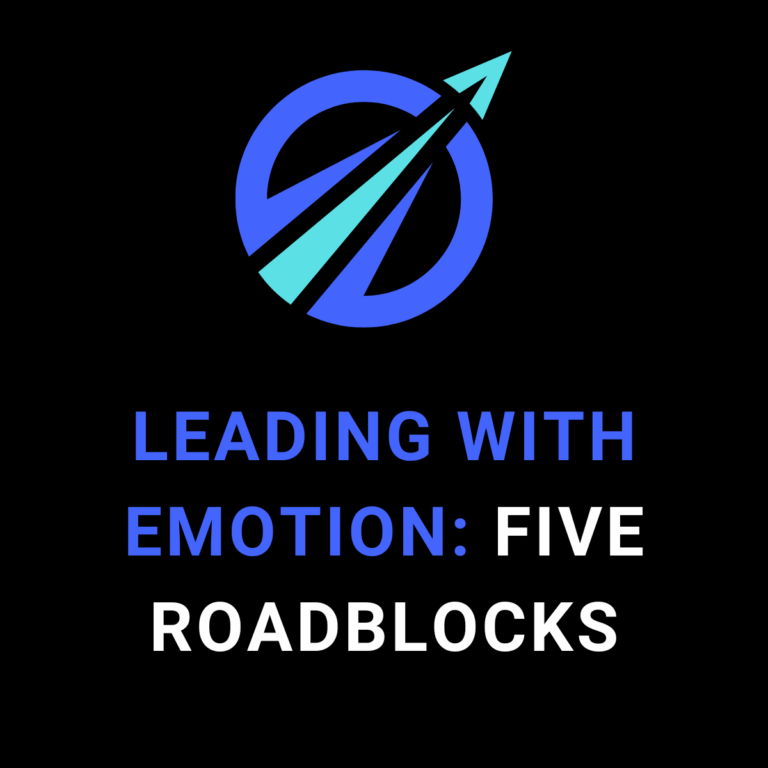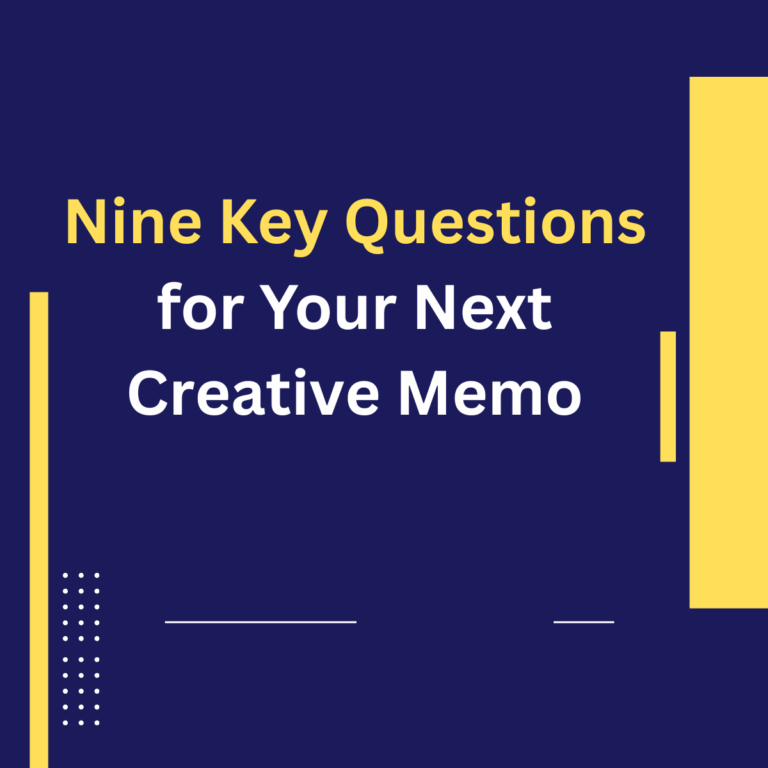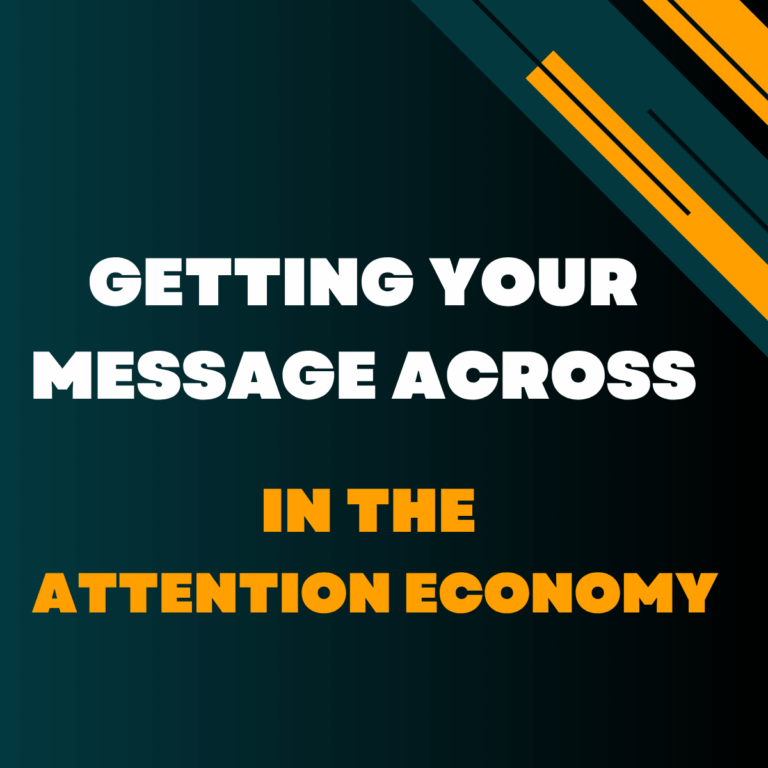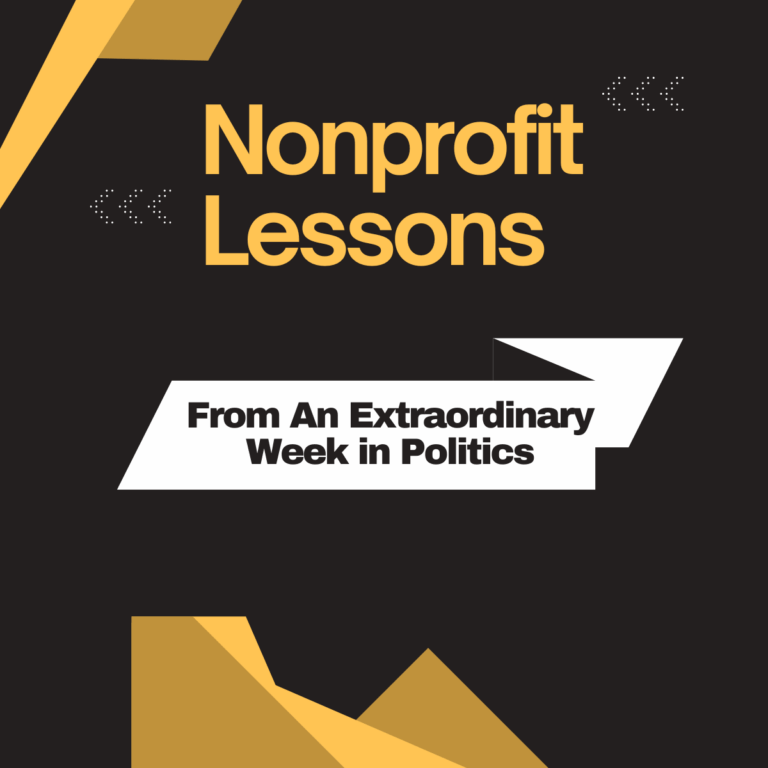OVERVIEW
Nowadays, it seems as if everyone this side of Kamala Harris is struggling with donor acquisition. And it’s a problem that runs deeper than the distraction and competition of a presidential election.
It’s a systemic problem we’ll have to tackle from multiple angles. At the strategy and implementation level, there are several keys to success:
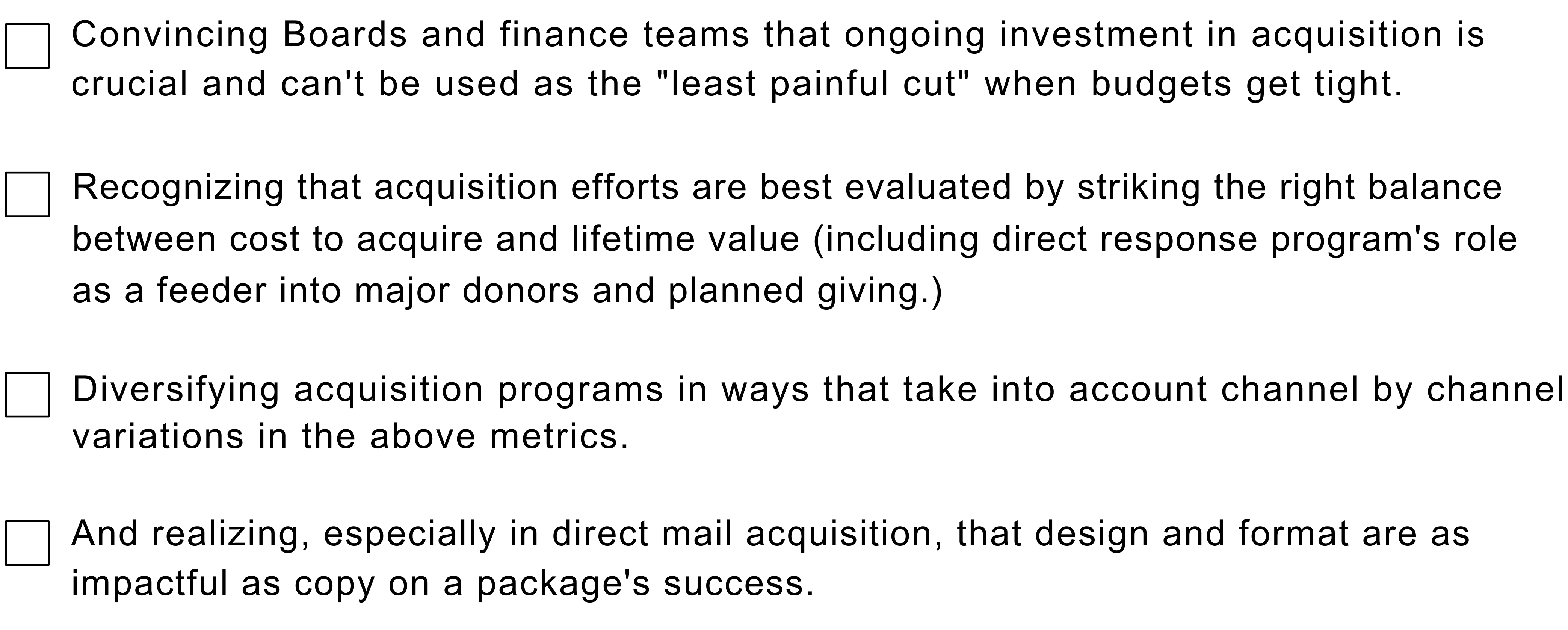
But all of that said, smart messaging in both how you present your request and how you message to newly acquired donors are essential to solving the acquiring donors dilemma. Let’s look at some key guidelines on the role messaging can and must play in revitalizing your acquisition efforts.


Most personal relationships tend to start with a getting to know one another phase. No big commitments, just kind of getting a feeling whether a real connection is possible.
Sometimes, the answer is “no” and things don’t go much further. But, in other cases, the relationship grows and deepens over time.
Connections between groups and the people who support them work much the same way. It can be a real mistake to put too heavy a burden on your acquisition request. If you come across as seeking a comprehensive, total commitment to your group right out of the box, your opening message may be off-putting.
Set the bar that high and too few people are likely to clear it. Far better to think about your initial goal as an effort to attract just a tentative raising of the hand – something you can build on over time.

Nothing builds a new relationship faster than a rewarding first experience. Making sure you don’t rush your reader into a deep commitment too quickly doesn’t mean being boring or unexciting. Just the opposite.
You want to give people a compelling and engaging first project – something they can easily understand and see themselves having an impact on pretty quickly. That’s true whatever channel you’re recruiting on.
This is way different than the approach taken in the now virtually extinct “institutional” package approach. That featured acquisition efforts built more around a group’s broad “body of work” than around a specific, time-sensitive project that people can immediately sink their teeth into.

Your initial acquisition efforts are about starting a conversation. Make sure it’s one you can continue over time. Don’t feature a project so unique that your reader will never again hear anything like it. And highlight tactics and strategies that are in sync with your typical mode of operation.You want to give people a compelling and engaging first project — something they can easily understand and see themselves having an impact on pretty quickly.

Strong storytelling is at the very heart of most acquisition efforts. But far too often the storytelling isn’t as purposeful as it needs to be. Perhaps the most frequent error is telling a story that powerfully reflects the problem you’re seeking to address – without making clear the role your group (and, by extension, the donor) can play in shaping a more positive outcome.
Readers don’t just need to be able to see your organization in the stories you tell. They need to be able to see themselves. That leads directly to the next point.

Don’t position your acquisition message in ways that just feel like an organizational case for support. That’s the story of your group’s journey. You need to be telling a story that connects to your reader’s journey.
People support our groups and causes as a way to express their personal identity. They act in ways that affirm who they are, what they believe in, and how committed they are to acting on their beliefs.
Our acquisition messages – not to mention our resolicitation ones – have to be set in that context. A good way to see if you’re presenting things that way is to ask a simple question: Whose journey does your acquisition campaign speak to – your group’s or your reader’s?

My last two points reflect a fundamental truth about successful donor acquisition strategies: They don’t end when that first gift arrives.
That tentative raising of the hand naturally implies a degree of uncertainty. “Did I do the right thing? Is this really a group I want to be engaged with?” Your actions can help answer those questions in the affirmative.
A quick, heartfelt acknowledgment of their gift is an obvious first step. But it takes more than that. Reassurance and confidence have to be the watchwords in those early weeks of the relationship.

Once we attract — and begin to reinforce — that first tentative raising of the hand, the real work begins. It’s about reaching out and pulling the person closer.
One key is paying off the acquisition conversation. For example, if you wrote asking the reader to support an urgent Get-Out-The-Vote effort, don’t just drop that topic. Let people know what their gift made possible and what next steps are planned. Then expand out the conversation from there, both widening the topics and elevating the asks. It also helps to report back on how the person’s decision to act has impacted your work. For example, I’m a big fan of sharing recent achievements in a “six months you made possible” message with people halfway through their first year.

The increasing difficulty of acquiring new donors is perhaps the biggest challenge facing the nonprofit community. Hopefully, these messaging ideas will be helpful. But given the depth and importance of the issue, this won’t be the last time the OBrien On Message memo addresses the topic. We will be discussing deeper issues including the potential erosion of trust between nonprofits and their core audiences and peoples’ faltering belief in their ability to have a genuine impact.


